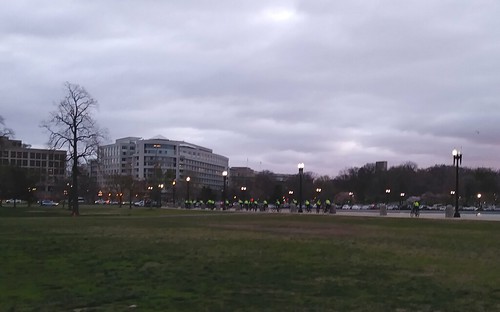
In front of Capitol reflecting pool
Yes, yes, they are some distance away, but about two dozen police officer with yellow reflective vests are practicing bicycle riding this morning. Who would have guessed they need practice.
When the first diamond frame bicycles became popular in the 1890s they were often called "wheels" - the national cycling association was called the "League of American Wheelmen." We have moved from "wheels" to "bikes," but the bicycles have remained remarkably the same over more than 100 years - elegant in their efficiency and simplicity. And many of the issues that we think are new? They were around then too.
 The Cyclist Who Went Out in the Cold: Adventures Riding the Iron Curtain by Tim Moore
The Cyclist Who Went Out in the Cold: Adventures Riding the Iron Curtain by Tim Moore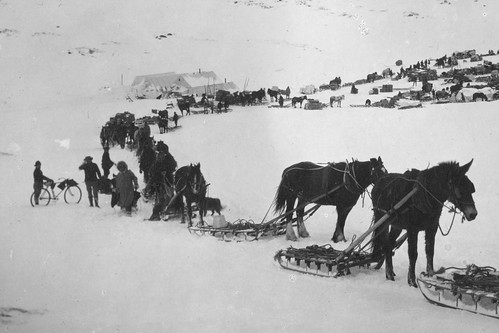
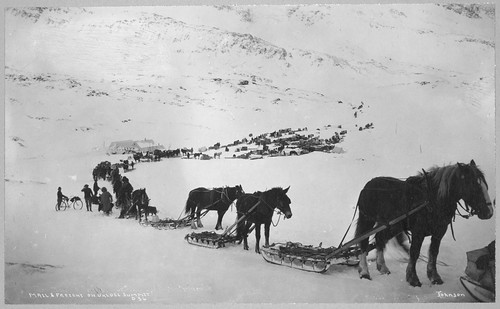
 Epic Bike Rides of the World by Lonely Planet
Epic Bike Rides of the World by Lonely Planet America's Bicycle Route by Michael McCoy
America's Bicycle Route by Michael McCoy Bike Battles: A History of Sharing the American Road by James Longhurst
Bike Battles: A History of Sharing the American Road by James Longhurst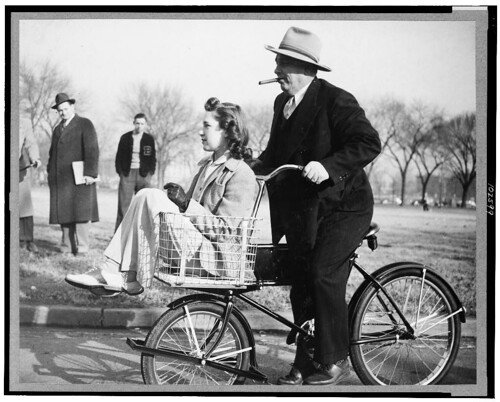
![Bicycle shelter, National Cash Register [Company], Dayton, O[hio]](https://c1.staticflickr.com/4/3930/32957219582_6be3423ffb.jpg)
![Bicycle shelter, National Cash Register [Company], Dayton, O[hio] - detail](https://c1.staticflickr.com/4/3932/32297952553_b6cf485972.jpg)
Bicycle shelter, National Cash Register [Company], Dayton, O[hio]
Contributor Names-Jackson, William Henry, 1843-1942, photographer
Detroit Publishing Co., Created / Published[1902?]
Source Collection-Detroit Publishing Company Photograph Collection
Repository-Library of Congress Prints and Photographs Division Washington, D.C. 20540 USA
www.loc.gov/resource/det.4a20572/
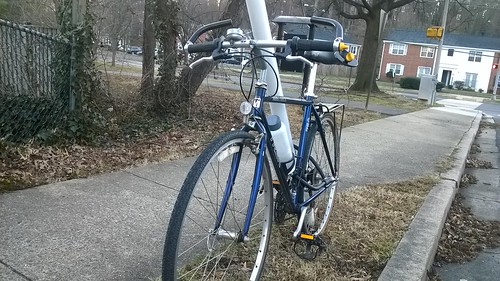
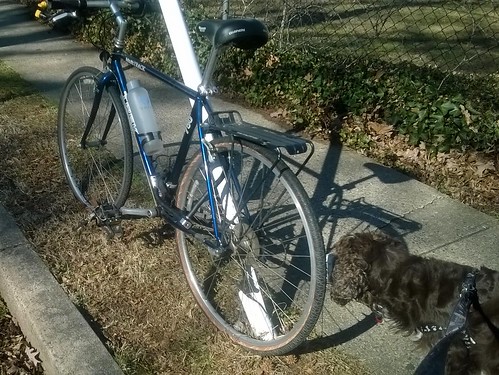
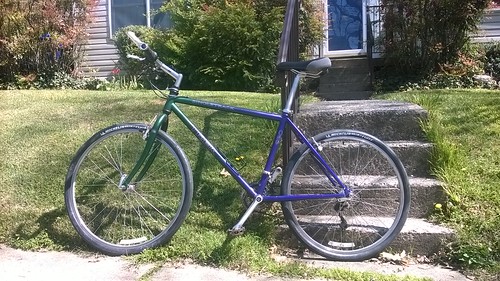
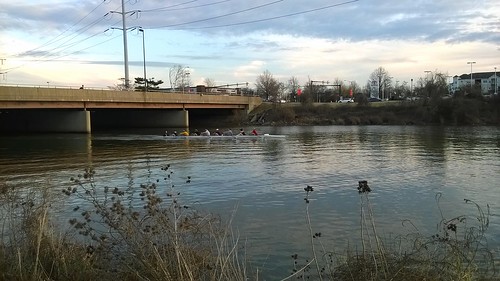

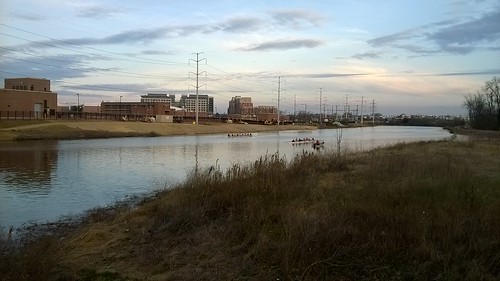
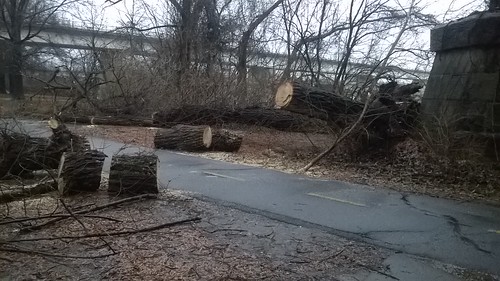



With this growth in cycling popularity and utilization have come both a demand for good recreational and utility oriented facilities on which to ride and a concern for the increase in bike involved accidents. The concern for accidents appears well founded despite the fact that only the gross numbers of accidents occurring are known with a reasonable level of accuracy. Very little is known about accident rates associated with the gross numbers. Despite this lack of accident rate information, the following national statistics are significant. In l962, some 570 cyclists were killed and 30,000 injured in bicycle - motor vehicle accidents. By l968, the corresponding figures had grown to 800 killed and 38,000 injured. The National Safety Council's statistics for l972 show l00,000 bicycle - motor vehicle accidents and l,l00 fatalities.
As a result of the growing concern on the part of both the public and public officials at all levels, the past several years have been marked by a veritable blizzard of bicycle safety studies, studies for development of bikeway design and locational criteria, cyclist safety education programs, and provision of physical facilities for bicycles. But the sudden rise in activity and the demand for programs and facilities found planners and designers unprepared and uncertain as to means of responding to these demands. As a result, programs have been planned on the basis of intuitive judgment, what knowledge could be gleaned from European literature on the subject, and trial and error. The result of the past four or five years independent activities undertaken in state jurisdictions across the country has been a broad range of studies, plans, programs, design manuals and in-use facilities with substantial variance and even conflict in recommended practices. The results of initial use and experiences in various localities are now becoming available and it appears that differences in design practices have significant implication for utility and safety.
Local Transportation - By Bike
Q: Can I bike to the march?
A: You are welcome to ride your bike as transportation to the march. However, bikes are not allowed in the rally area or the march route. We are currently identifying a place for bike parking. We will update people over the next week with more details.
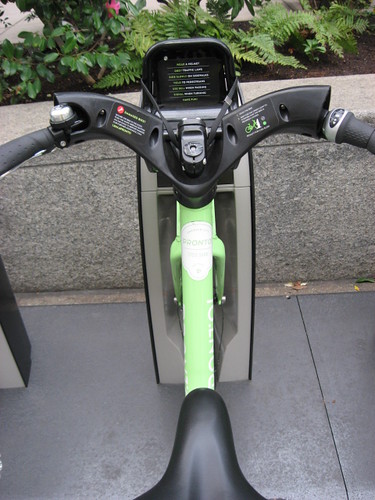

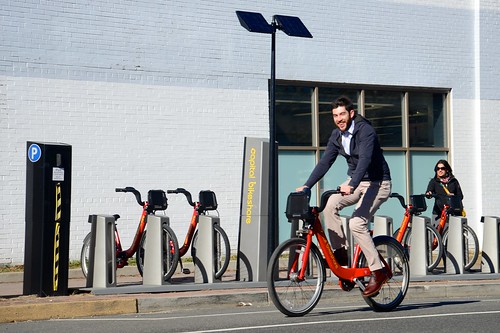
 Ultralight Bike Touring and Bikepacking: The Ultimate Guide to Lightweight Cycling Adventures by Justin Lichter
Ultralight Bike Touring and Bikepacking: The Ultimate Guide to Lightweight Cycling Adventures by Justin Lichter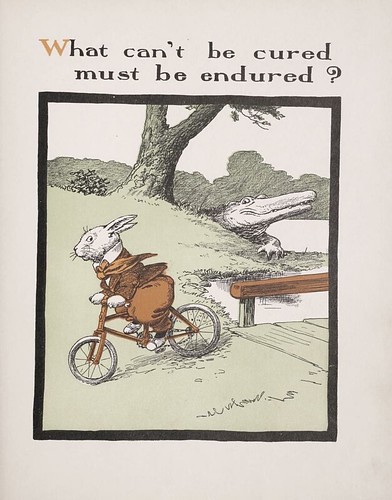

Московский Велопарад 2016 from Let's bike it! on Vimeo.
Organizer produced video of the 2016 spring Velo-Parade in Moscow, in late MayThe spring ride in 2016 claimed more than 30,000 participants.